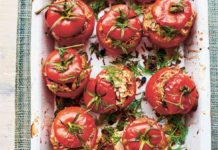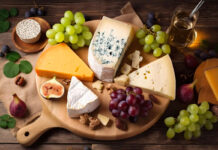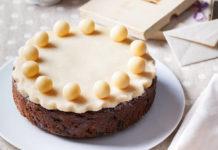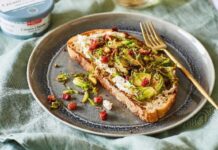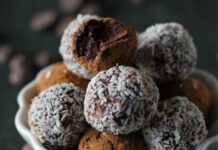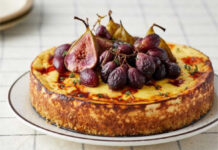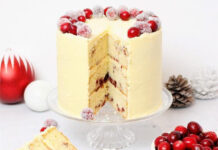Today is World Paella Day – meaning it’s time to get your rice skills out and perhaps reminisce about holidays spent feasting on the dish in Spain.
However, the question of what constitutes a paella is a fraught matter. Chefs like Jamie Oliver have muddied the stock, so to speak, by adding chorizo, while actor Rob Schneider stuffs his with seafood and bakes it in a glass dish (he received a lot of Twitter rage for sharing a pic), and chef Gordon Ramsay chucks in rice, chicken, squid, chorizo and clams. None of these examples are faithful to the traditional version.
Paella originates in Valencia on the east coast of Spain, although it’s now eaten and served in restaurants and home kitchens across the country.
For starters, the word ‘paella’ actually refers to the pan (usually around 40cm in diameter, and cast-iron) the meal is made in, not the food itself. Valencia has historically been the epicentre of rice growing in Spain – it’s been going on for roughly 1,200 years – and paella as a meal was a staple for farmers and labourers who’d take a wooden spoon and eat direct from the huge pan.
Tips for making authentic paella at home
So if you’re making your own and want to do it authentically, here’s what to remember, says Xavier Meroño of the London Paella School…
1. Invest in a paella dish
They’re massive but part of the fun, and mean you can do proper communal, family-style eating like the Spanish. Paella is more than a dish, it is a celebration of togetherness.
2. You need chicken and rabbit
A combination of the two is traditional. Cut into chunks and saute in olive oil until the meat’s sealed and golden in the paella pan.
3. The trick to adding the tomato is to grate it
Once your meat is looking crisp, grate in a tomato (skin on, optional) – don’t slice and dice it.
4. Include a mixture of beans
Time to tip in equal parts green beans, Lima beans or instead butter beans, for heft and something to chew on.
5. Use rice suitable for paella
Once your meat and veggies are nicely fried, in goes a jug of stock or water and a sprig of rosemary, and only then, once everything is a-boil with a nice flavoured stock, is it time for the rice. Long-grain will struggle to soak up the juices, while short-grain will dissolve into mush – look for rice labelled ‘paella’ or any of Valencian round short rices like Bomba rice, Senia-Bahia rice or JSendra rice.
6. Saffron gives it that copper colour
That orangey-sunset hue is all thanks to a few strands of saffron stirred through. Don’t leave it out, however annoying it is to track down in the supermarket.
7. The seafood element should be snails, not prawns and mussels
Most of us expect paella to come topped with perfectly pink prawns and mounds of mussels, but historically it was laced with a handful of boiled snails.
Read more: 8 Spanish wines to enjoy now
























































